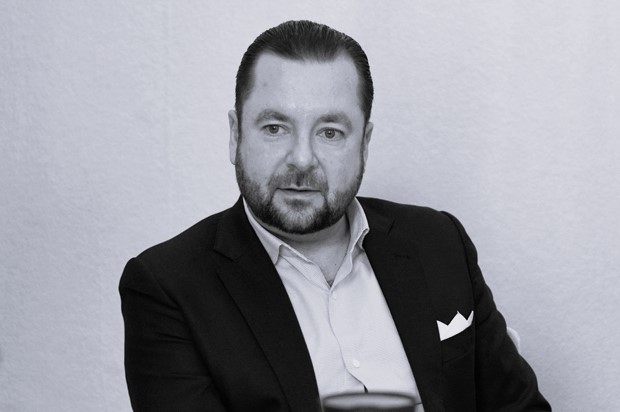
How to differentiate between green and black swans
“Spotting so called green swans in the stock market is not as easy as spotting their real-life white counterparts in your village pond,” writes Tiina Landau, sustainability expert and a co-author of the book 'Sustainable Investing – Beating the Market with ESG'.
Green swans are exponentially growing solutions to profound market shifts that challenge and change paradigms, values and other key factors, such as threats posed by climate change. However, they are not suited for investors looking to make a quick buck as they will only prove their value in the long run when the less adapted companies will suffer or default completely under the shocks caused by the green swans’ darker cousins, black swans.
However, spotting green swans in the stock market is not as easy as spotting their real-life white counterparts in your village pond.
Sustainable solutions to global challenges are needed, but it is not yet clear which companies’ solutions will be scalable and which will grow up to be the providers of sustainable solutions of the future. All forms of manufacturing and use of raw-materials face challenges on the sustainability front, which is worth bearing in mind when evaluating a company offering a solution to a sustainability problem. Although the company might tick many boxes on one front, it might fall short on another.
Finding solutions to sustainability problems often requires heading to where the problems exist. That’s why it is worth for an investor to probe further into how a potential green swan company manages its liability risks. Operating environment risks might, for instance, include child labour, prevention of workers from unionising, or looser environmental policies. However, it is possible to practise responsible investment in high-risk countries by identifying the risks, demanding higher standards and by monitoring that those standards are being lived up to.
Investors are able to evaluate the environmental and social impacts of a company by researching how a company recognises and manages potential sustainability risks and how much risk it is willing to withstand.
Some of the crucial questions to ask are: Does the company have principles that obliges it to avoid operational environments that pose a threat of conflict or issues around human rights? How does the company evaluate sustainability risks when it comes to M&A, setting up new operations, choosing and using vendors, or evaluating potential clientele?
Sometimes it is impossible to mitigate some of the most unsavoury sustainability risks and responsible companies will also accept that some opportunities will have to be missed because of that inconvenient truth. However, at the end of the day these decisions are still up to the companies, and investors will have to choose accordingly. For instance, would investing in wind turbines still be considered a sustainable solution, if it came with an attached risk of human rights violations in the manufacturing process?
The English-language version of Tiina Landau’s book 'Sustainable Investing – Beating the Market with ESG', which she co-authored together with Hanna Silvola, associate professor at Hanken School of Economics, is now available for pre-order. A hardcopy of the book will be available on June 28.
Photo by Tomi Parkkonen



